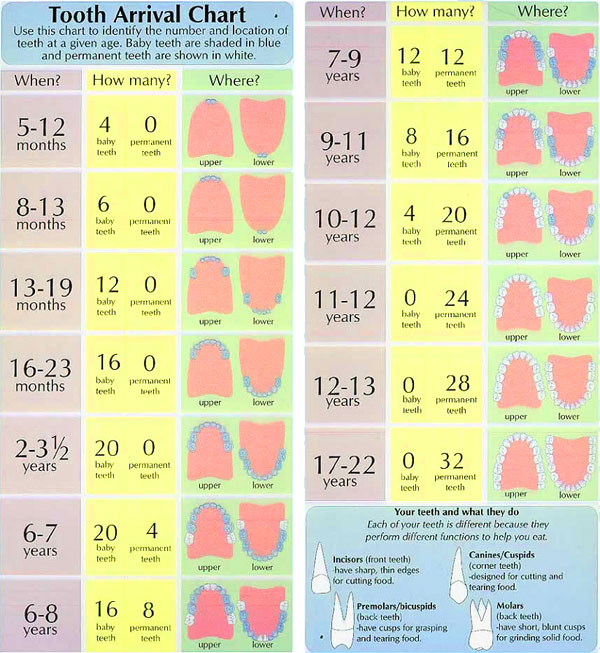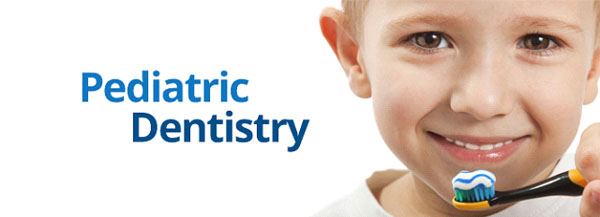- dynamicdoc88@gmail.com

- 0311 855 6661

Pediatric Dentistry is an age-defined specialty that provides primary and comprehensive preventive and therapeutic oral health care for infants and children through adolescence, including those with special health care needs.
Sedation and General Anesthesia
The unknown fear of pain and needle pricks is something which brings the child crying at the dental office.
At The Dental Clinic, we try to comfort the child in the best possible way, friendly surroundings and appropriate attitude by us usually makes the child comfortable soon
Unfortunately, many children suffer from serious, potentially painful dental diseases. Unlike such health conditions as colds or flu, dental diseases won't go away on their own. When treatment is required for a serious dental condition, sedation or general anesthesia may be recommended to make delivery of that required treatment possible in a safe and comfortable manner. Without treatment dental diseases can adversely affect, learning, communication, nutrition and other activities necessary for normal growth and development


The First Dental Visit
There seems to be a lot of confusion amongst parents, pediatricians and dentists about the correct timing for the first dental visit. Many "family" dentists may tell parents not to bring children to their practice before they have all their primary teeth (age two or three), sometimes they even recommend to wait until age 6. The parent of a fearful or uncooperative child may be told "we have to wait until your child is old enough to sit still". Under unfavorable circumstances delay of dental care can lead to catastrophic disease progression that is not in the best interest of the child.
Baby Bottle Tooth Decay /Early Childhood Caries
Inappropriate feeding of children can lead to typical nursing pattern decay. One term used for this type of caries is Baby Bottle Tooth Decay (BBTD), others include nursing bottle caries, nursing caries, bottle caries, infant caries, early childhood caries etc…
This is a very devastating type of tooth decay for the young patients, their parents, and the pediatric dentist. Overall water fluoridation and other methods of fluoride application have resulted in reduction of caries rates. BBTD persists as a decay pattern and requires our special attention. Early recognition and intervention are essential to successful treatment and prevention of disease progression.

Orthodontics For Children
An orthodontist must see the child by age of 7 to advise if orthodontic treatment is required and to advise the best time for patients to be treated. The first permanent molars and incisors have usually come in by age 7 and cross bites, crowding, and other problems can be evaluated. When treatment is begun early, the orthodontist can guide the growth of the jaw and guide incoming permanent teeth.
Early treatment can also regulate the width of the upper and lower dental arches, gain space for permanent teeth, avoid the need for permanent tooth extractions, reduce likelihood of impacted permanent teeth, correct thumb-sucking, and eliminate abnormal swallowing or speech problems. In other words, early treatment can simplify later treatment, when it is indicated.